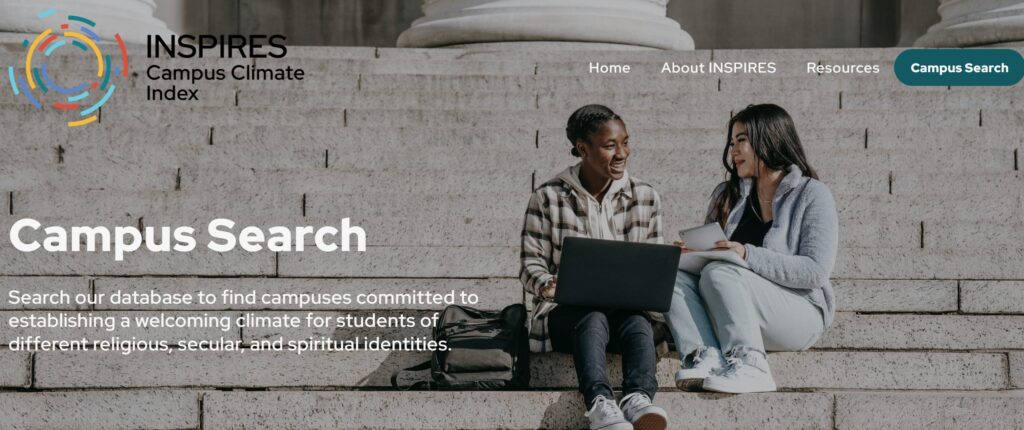 By Renee L. Bowling, Laura Dahl, and Matthew J. Mayhew
By Renee L. Bowling, Laura Dahl, and Matthew J. Mayhew
The topic of diversity in education elicits strong feelings across the political spectrum, yet religious, secular, and spiritual (RSS) diversity is often left out of the conversation despite its importance to students’ lives. Reactions seen on university campuses in response to the Israel-Hamas war have underscored the importance for educators, administrators, and counselors to engage with this underrepresented form of diversity and its intersections with history, culture, and politics to understand how to support diverse worldview communities on campus.
The Interfaith Spiritual, Religious, and Secular Index, or INSPIRES Campus Climate Index, measures an institution’s efforts to establish a welcoming climate for students of diverse RSS identities. Built by researchers at The Ohio State University and North Carolina State University, INSPIRES is grounded in data gathered through the Interfaith Diversity Experiences and Attitudes Longitudinal Survey (IDEALS). The project first began in 2020 and is now in its third intake. It is funded by the Arthur Vining Davis Foundations, an organization committed to courageous multi-faith efforts.









